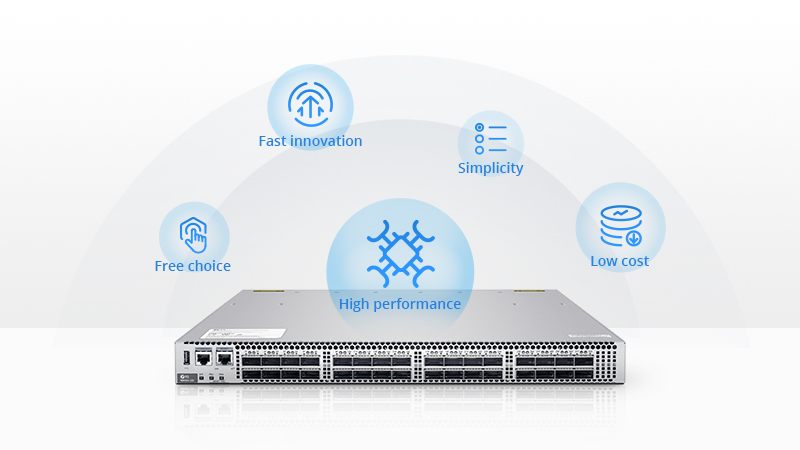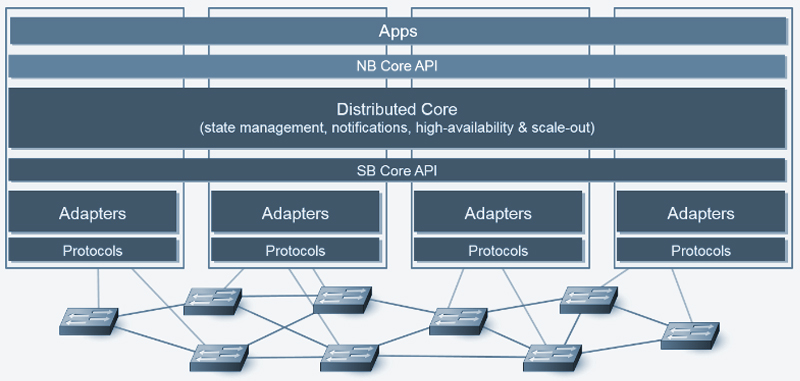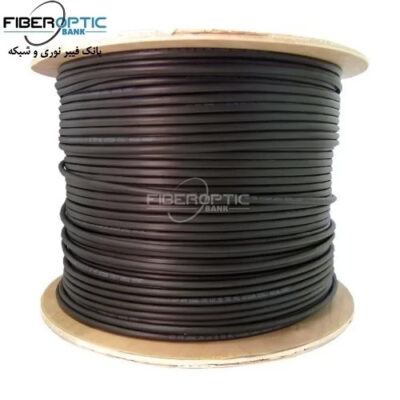White Box Switch Opearing System
Unlike traditional switches, the hardware and software in white box switches are disaggregated. In recent years, white box switches have already become the first choice of cloud providers for their high performance, simplicity, free choice for users, fast innovation and low cost. Etc.
However, white box switches cannot work effectively without software. That’s why the operating system is so important to them. So, what is a white box switch operating system? And what are common white box switch vendors. Keep reading to know more details.
What Is White Box Switch Operating System?
To understand what the white box switch operating system is, it is necessary to look at its predecessor, the network operating system (NOS).
Network Operating System (NOS)
A network operating system (NOS) is a computer operating system that manages network resources, connecting computers and devices to a local area network (LAN). Generally, NOS can manage several input requests at the same time while enabling security in a multi-user environment. NOS consists of an infrastructure module and three core functional modules, namely management interface, hardware interface, and protocol application module.
Open Network Operating System (ONOS)
A white box switch operating system integrates all hardware while connecting software to manage the hardware and software of a switch. It can usually be pre-installed on switches or routers or be purchased separately, enabling organizations to customize the solutions. Different from NOS, the core functions of ONOS mainly include distributed core, northbound API, southbound API, and software modularization.
- Distributed Core: The distributed core is the key to the ONOS architecture, which provides the ONOS with high scalability, availability and flexibility and elevates SDN controller features to the carrier level. Besides, with distributed core, the ONOS can create a highly reliable environment, effectively protecting applications from interruptions in network connectivity.
- Northbound API: There are two powerful northbound abstraction layers in the ONOS architecture: the Intent framework and the global network view. The former simplifies the complexity of service applications, while the latter can provide applications with a view of the network. Overall, this function separates network operating systems from applications, allowing network changes without application downtime.
- Southbound API: The southbound abstraction layer consists of network components, such as switches, hosts, or links. It allows the addition of new devices and protocols and supports extensions in a pluggable form, which ensures that ONOS can manage multiple different devices with different protocols. In addition, the southbound API can easily realize the transfer from legacy devices to OpenFlow devices.
- Software Modularization: As a main feature of the ONOS, software modularization enables the community developers and providers to easily develop, debug, maintain, and upgrade the ONOS. It can ensure the integrity of the ONOS architecture and reduce the negative impact of the changes in certain parts of the system, thus minimizing the difficulty of maintenance.
Development and Evolution of ONOS
To be clear, ONOS architecture is not that complete at the very beginning. In fact, it has undergone two major evolutions.
- Stage Ⅰ: During the first stage, the core technologies are centralized in the hands of equipment vendors and leading enterprises such as Juniper and Arista are highly competitive. At this time, the infrastructure of NOS is relatively primitive and the management interface and protocol application module are combined together. Later, a concept of modular architecture was introduced in JunOS OS for Dummies, which separated management interface with other modules.
- Stage Ⅱ: With the development of Software-defined Networking (SDN), a new generation of open and independent network operating system has emerged. These emerging ONOSs are based on database architectures. However, relying on database architecture alone cannot meet the needs of enterprise for faster and more flexible connections. Therefore, many cloud providers choose to integrate database architecture with containerized architecture. The chart below clearly demonstrates how network operating systems have developed and evolved.
Due to the low cost and simplicity of white box switch operating system, more and more hyperscale cloud providers have adopted this system in their data centers. Besides, with the help of the ONOS, enterprise IT staff can easily handle network problems without too much underlying network knowledge. And rich technical support services are also provided by more cloud providers, which boosts the enterprises’ requirements for ONOS.
White Box Switch Vendors
As mentioned above, more and more large enterprises and cloud providers are opting for white box switches for data centers today. Below is a brief description of the major white box vendors in the market.
Hardware vendors
The providers of white box switch hardware mainly include Dell, Accton, Celestica, EdgeCore, Quanta, Foxconn, Asterfusion, etc. All of them use the same Broadcom chipsets.
- Dell: As a large network enterprise, Dell provided some of its products as open switches. Besides, it also supports NOSs from cloud vendors, such as Big Switch and Cumulus.
- Asterfusion: Asterfusion is a white box switcher supplier that can provide not only open network solutions for white box switches but also self-developed SONiC enterprise distribution for data centers and service providers of the next generation.
- EdgeCore: EdgeCore Network is one of the major white box switch hardware vendors. To make sure that open-source software runs properly on its hardware, this company is strengthening the partnership with the Open Networking Foundation (ONF).
Software vendors
The main suppliers of white box network software include Big Switch, Pica8, Arrcus, Pluribus, Kaloom, Cumulus and Snaproute.
- Big Switch: Big switch company mainly provides Switch Light NOS. Instead of interacting with operators, this kind of NOS is a proxy for the applications running on the SDN controller. Besides, Switch Light NOS can free you from the historically closed network architecture and provide centralized and automated provision and configuration functions, which can reduce the cost to a large degree.
- Pica8: With PicaOS, Pica8 can run bare-metal switches from several vendors and support using both the L2/L3 protocols and OpenFlow to control every switch port in the network. Furthermore, Pica8 offers white box switches that can be configured through both traditional CLI and modern automation tools.
- Cumulus: As a true Linux distribution, Cumulus Linux comes with a hardware abstraction layer and runs on a variety of commodity hardware. With the help of it, users can highly automate their data center networks and get rid of expensive proprietary hardware. What’s more, Cumulus Linux also uses automation tools to manage network infrastructure and hopes to automate the configuration of network switches with these existing tools.
Conclusion
In conclusion, with the development of NOS, white box switches can achieve much better performance at a relatively low price, which can bring many benefits for cloud providers. Therefore, more and more cloud vendors are moving from traditional switches to white box switches to better meet the needs of enterprises and data centers.
Source: community.fs
Related products...
fiber-optic-cable
fiber-optic-cable
fiber-optic-cable




















[ratings]